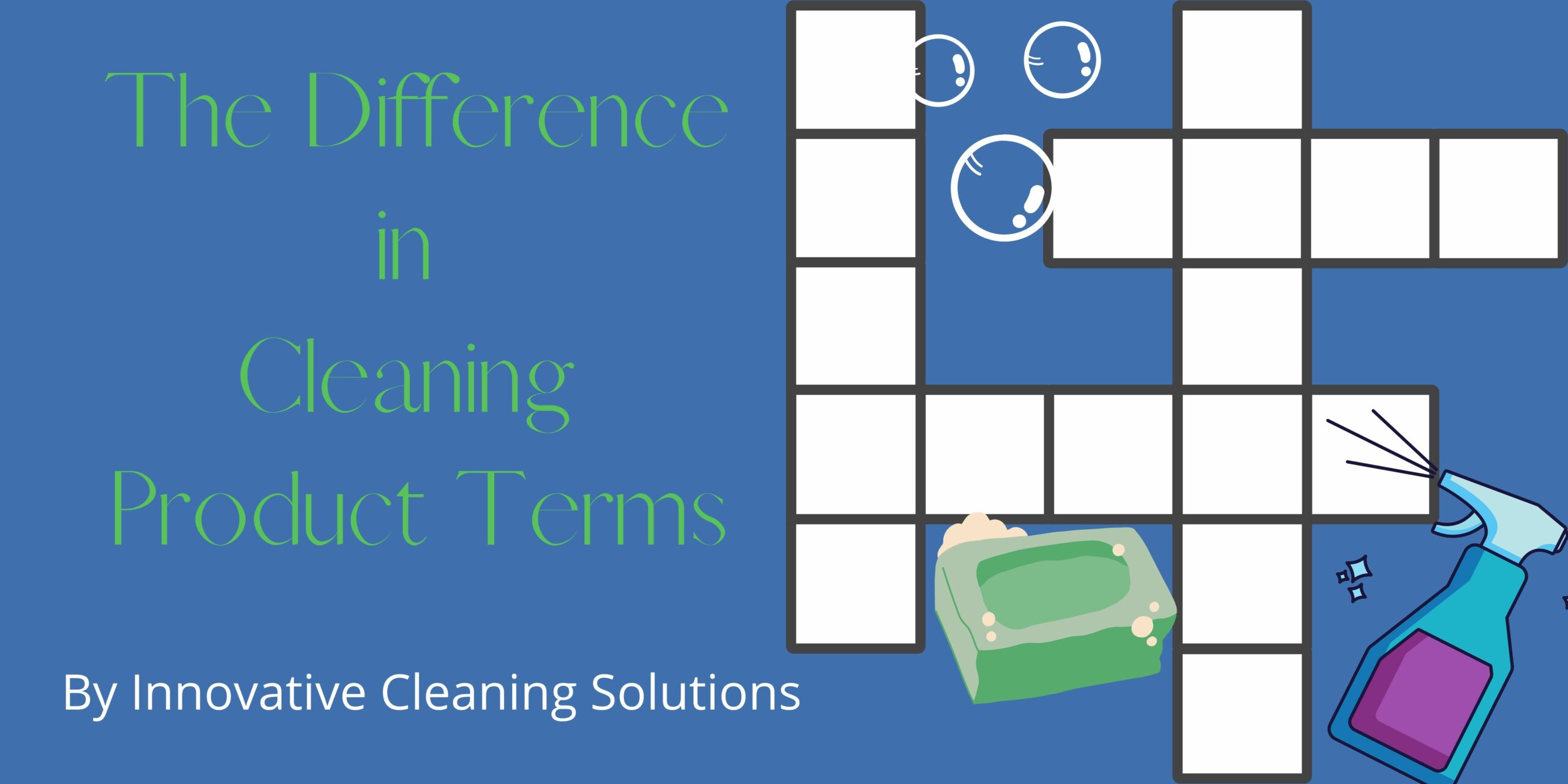
The Difference in Cleaning Product Terms
Cleaning products have always been important to our everyday lives, but our focus on them has increased in the wake of the coronavirus pandemic. Studies have shown that the main ways to protect yourself from coronavirus, as well as other viruses, is to wash your hands or use sanitizer if there are no handwashing services available and to ensure that all surfaces are cleaned and disinfected. But when shopping for cleaning products, it can become overwhelming, with many on the market claiming to clean your home, while others claim to sanitize or disinfect it. While you may think that these products are the same and can all be used in the same way, they actually have unique properties and should be used for different types of cleaning. To help you out, take a look at our guide to cleaning products from the experts that know.
What is the Difference Between Cleaning, Disinfecting, and Sanitizing?
There are different definitions that cleaning products can use. Below are the definitions, as described by the Centers for Disease Control and Prevention, who are experts within the field. They describe cleaning as the process that removes dirt and impurities from a surface, but rather than killing them entirely, it just moves them. Sanitizing can kill germs and remove them, which therefore reduces the prevalence of them from any surface. It does not remove or destroy all germs but reduces them to a level that is deemed safe by experts. Disinfectants kill germs on surfaces.
To understand the difference, think of these three types of products on a spectrum. Cleaning is at one end with lower levels of effectiveness, compared to disinfectant at the other end of the scale that has the strongest properties. Disinfectant is seen to be the most effective as it kills the vast majority of germs, viruses, and bacteria, and that is why it is recommended by cleaning and sanitation experts.
While sanitizing is good when you do not have disinfectants or cannot wash your hands properly, it is important to note that it will not kill everything, and there is still a risk there, although it is smaller. The Environmental Protection Agency studied the effectiveness of both sanitizer and disinfectant and decided that to be classed as a sanitizer, a product must kill 99.9% of germs on hard surfaces. To be classed as the more effective disinfectant, this number increases to 99.999% – making it the highest level of protection available.
Most household and commercial cleaning products will be labeled as either disinfectants or sanitizers, but it is important to note that this is only when they are kept at their original concentrations according to guidelines. Bleach, for example, is a disinfectant but, if it is diluted enough, its effectiveness will drop, and it will become a sanitizer and less effective overall.
So, When Should You Sanitize and When Should You Disinfect?
With different products, all having different claims, it can be difficult to tell which product to use when. It is, however, important to use the correct products to make sure that a home or business is clean and sanitary. Take a look at our definitive guide below to help you out:
–Groceries – Disinfecting or sanitizing is not necessary for food, and in fact, can be dangerous due to the chemicals that many cleaning products contain. Instead, simply clean them with water to remove any dirt on the surface before cooking.
–High-Contact Areas – On surfaces that are high-touch points that many people are likely to come into contact with, it is important that you disinfect these so that any germs or viruses are not passed from person to person. This can include door handles, toilets, and sinks.
-Kitchen Counters and Dining Tables – These larger flat surfaces are often the place where we prepare or eat our food, and therefore, it is best to avoid using strong disinfectants so that these do not contaminate your food. Even when wiped away, disinfectants can leave chemical residue that can harm, so it is recommended that you sanitize instead.
–Cleaning your hands – Disinfectants can cause skin irritation, so although disinfectant wipes seem like an easy option, avoid these. Instead, consider using plain old soap and water or hand sanitizer with a high alcohol content. If washing your hands, use plenty of soap and wash for at least 20 seconds. Hand sanitizer kills pathogens on the skin, reducing the number of germs. Your hand sanitizer should contain at least 60% alcohol to be effective, but an even higher percentage is better.
It is important to note, however, that when choosing to disinfect or sanitize surfaces, they need to be cleaned of spills, crumbs, and debris first in order for the products to be properly effective. Therefore, your cleaning routine should be a two-step process where you first clean and then use a product to reduce germs on the surface.
The Take Away
Finding the right cleaning products for your home can be confusing, but we hope our guide can help you with this. If in doubt, leave it to the professionals and contact a commercial cleaning service today for all your cleaning needs. Professional cleaning services will have a knowledge of the products on the market and will know how to use them for the maximum level of protection against germs and bacteria. Keeping your home clean has never been more important, so seek help and advice today.
Search
Recent Posts
Best to Worst Office Countertops to Keep Clean

Being a business owner or a manager of commercial property means that you are responsible for the design and layout of any officers. The demands f...
The Difference in Cleaning Product Terms

The Difference in Cleaning Product Terms
Cleaning products have always been important to our everyday lives, but our focus on ...
Christmas Office Party Clean Ups

Christmas Office Party Clean Ups
It’s that time of year again when we can begin to let our hair down and enjoy the fe...
5 New Tech Gadgets To Keep Your Workplace Clean

5 New Tech Gadgets To Keep Your Workplace Clean
Offices and workspaces can be a breeding ground for bacteria and germs....
10 Reasons Why Your Office Manager Shouldn't Clean Your Workspace
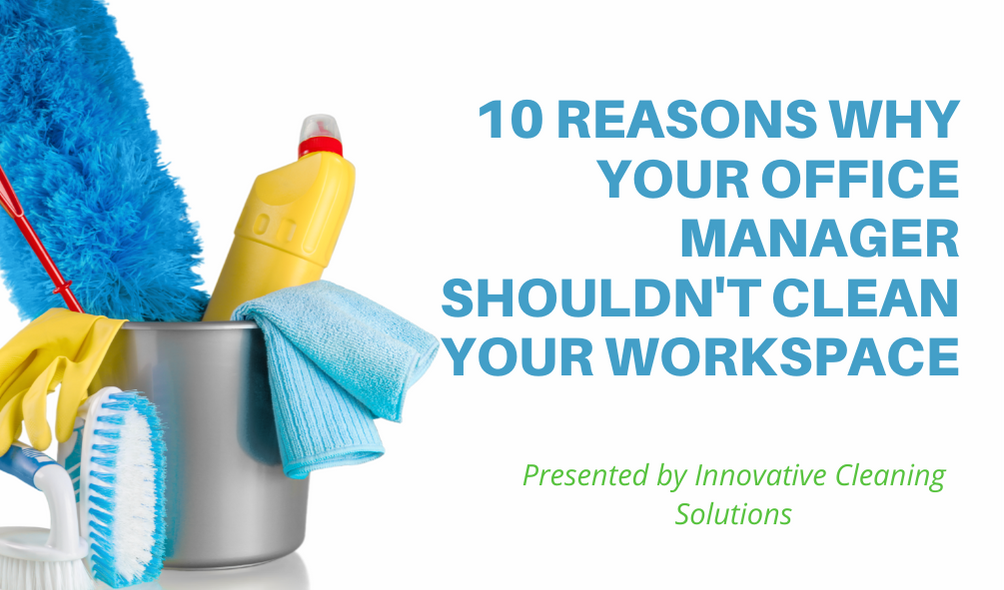
10 Reasons Why Your Office Manager Shouldn’t Clean Your Workspace
Offices are a bustling working enviro...
Are Green Cleaning Products as Effective?
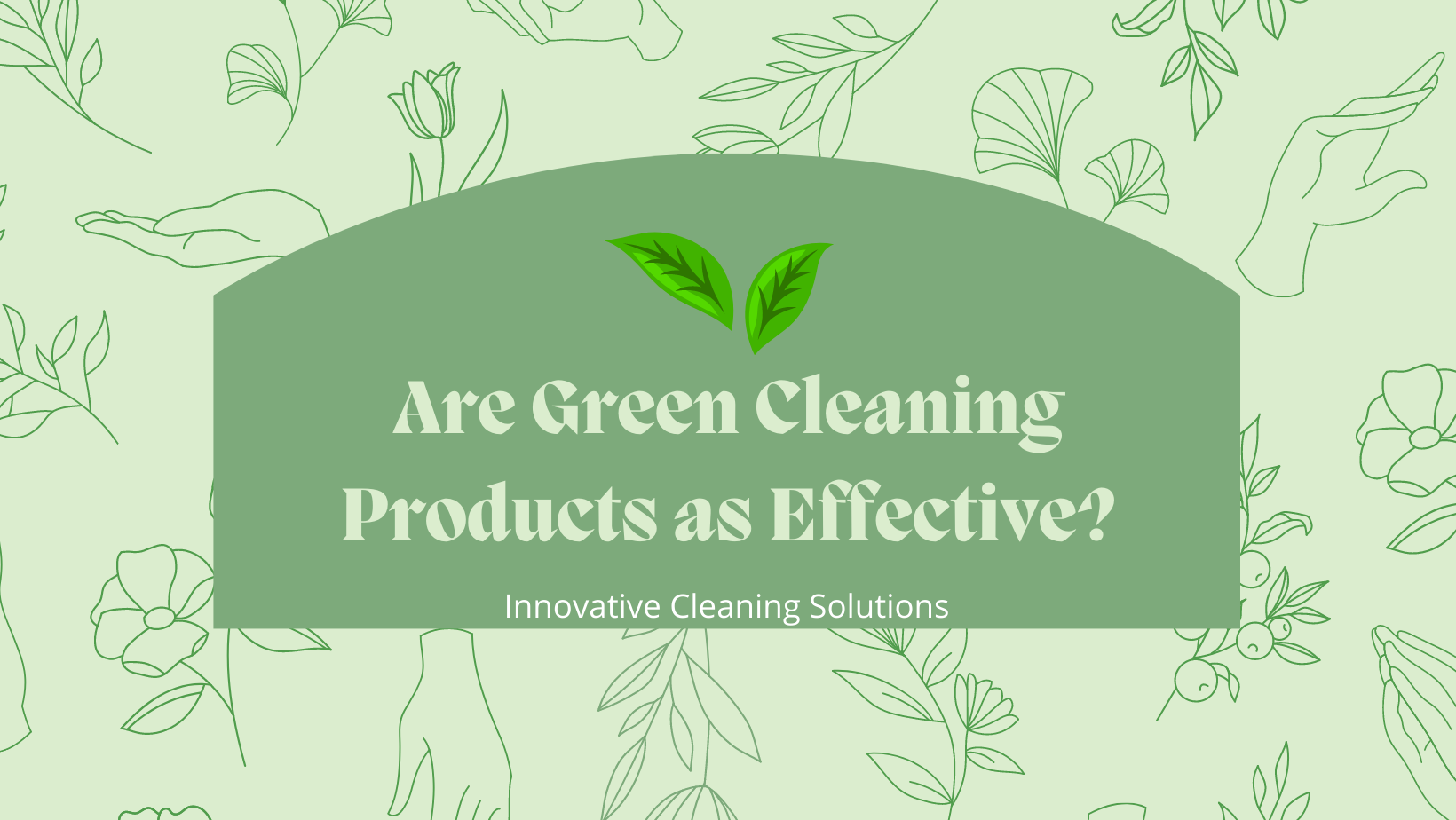
ARE GREEN CLEANING PRODUCTS AS EFFECTIVE?
While we are all looking after our offices, businesses, workplaces and homes ...
What is an Office Deep Clean?
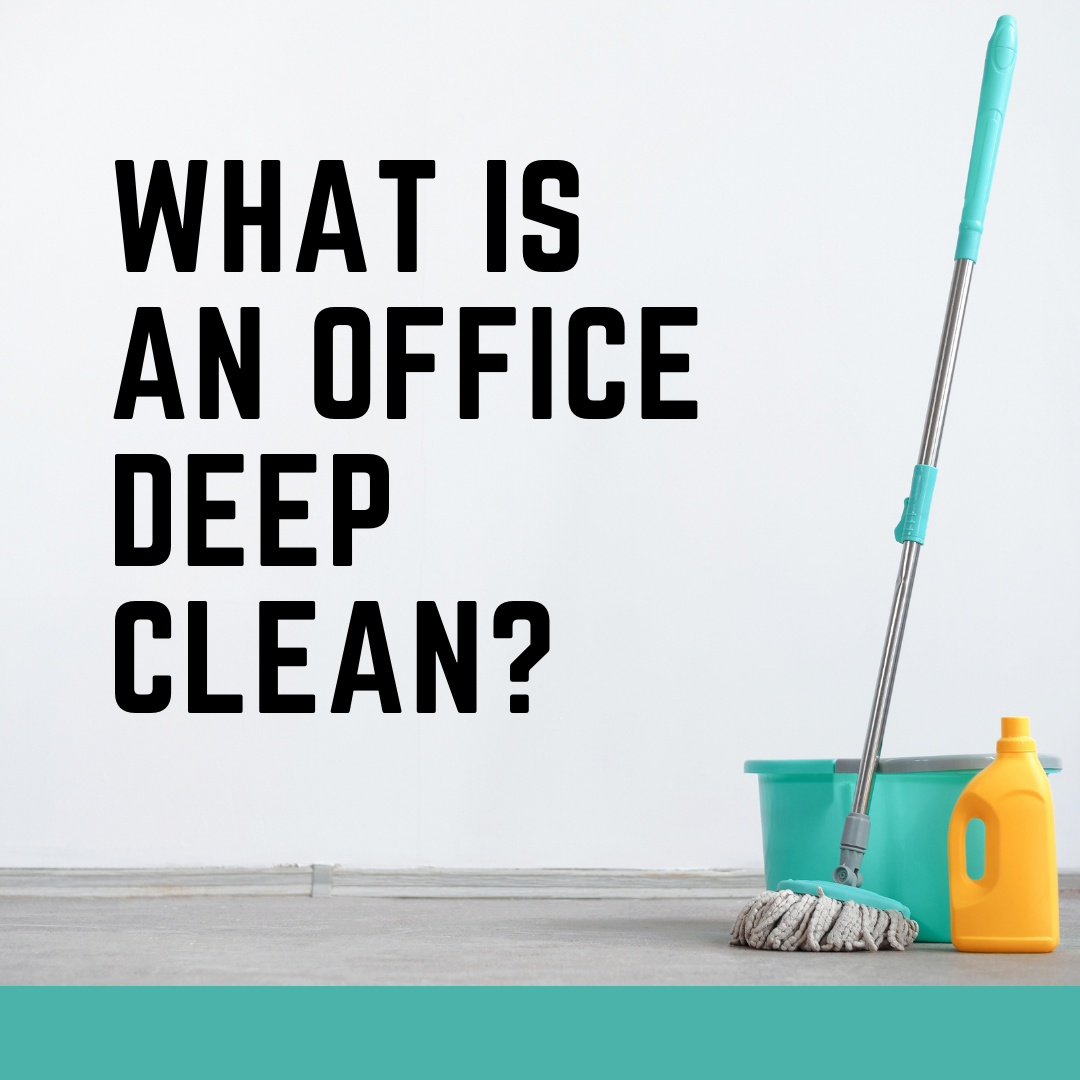
What is an Office Deep Clean?
Deep Office Cleaning has always been around, however, in the past year, you may have been hearing the phra...
Best Practices for Cleaning, Disinfecting, & Sterilization in all Healthcare Settings
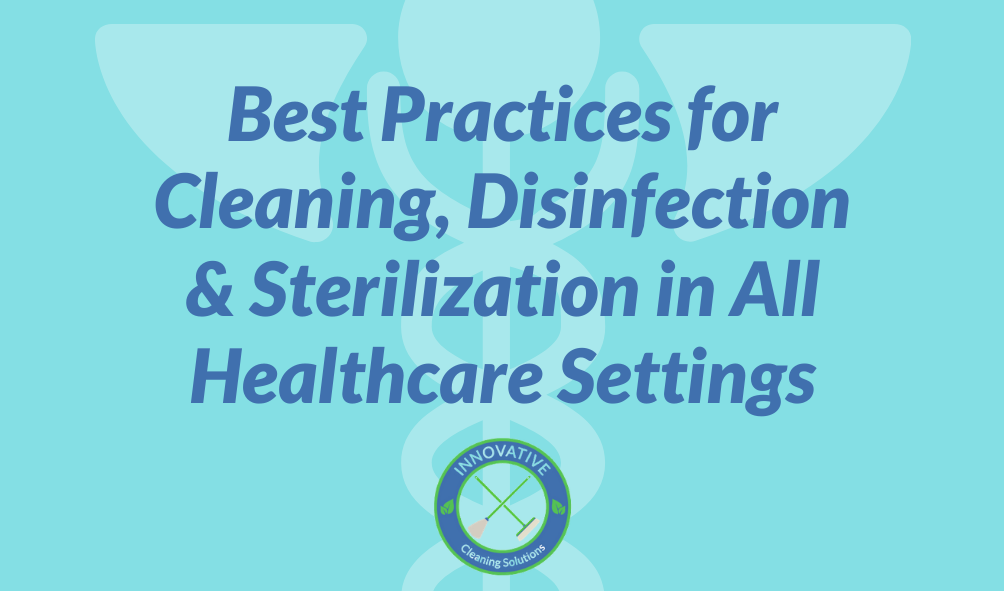
With the development of the Covid-19 pandemic and the increased risk of transmitting harmful viruses and bacteria, it has never been more importan...
What most clinics miss in their cleaning procedures

When patients go to a walk-in clinic the last thing they want to worry about is if the clinic is clean. You want to believe that the o...
Is it possible to have an exceptionally clean workplace while still being sustainable?

In today’s resourceful world, plenty of things are going to waste and or damaging the environment that is causing a serious glob...
Leave Your Comment